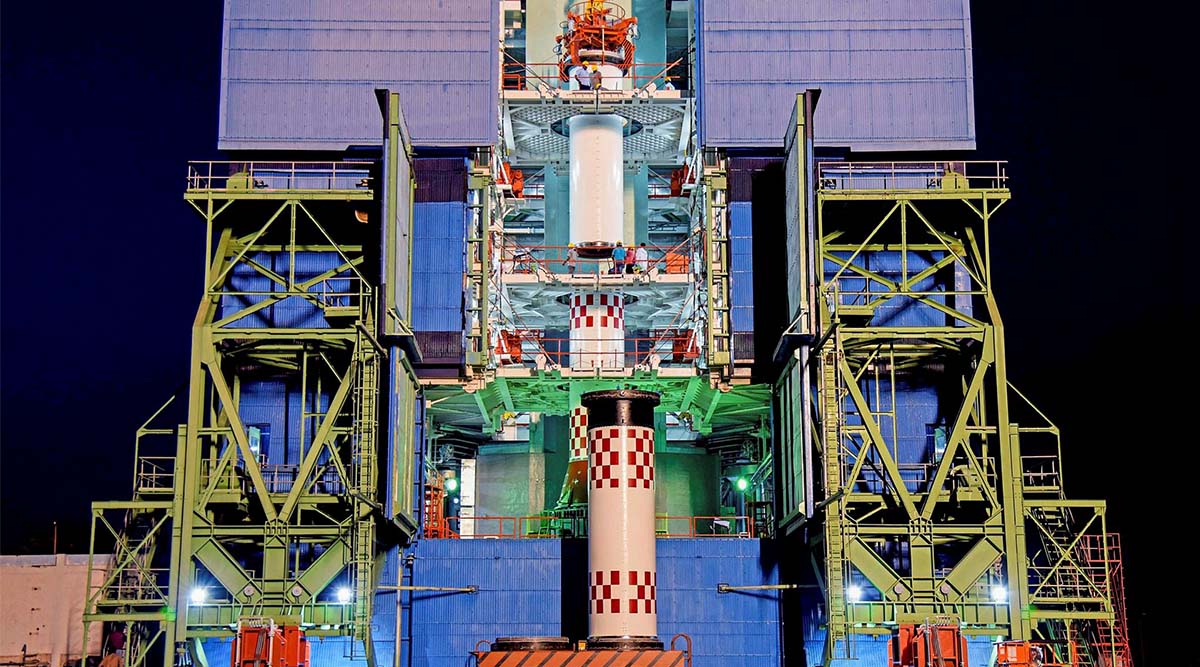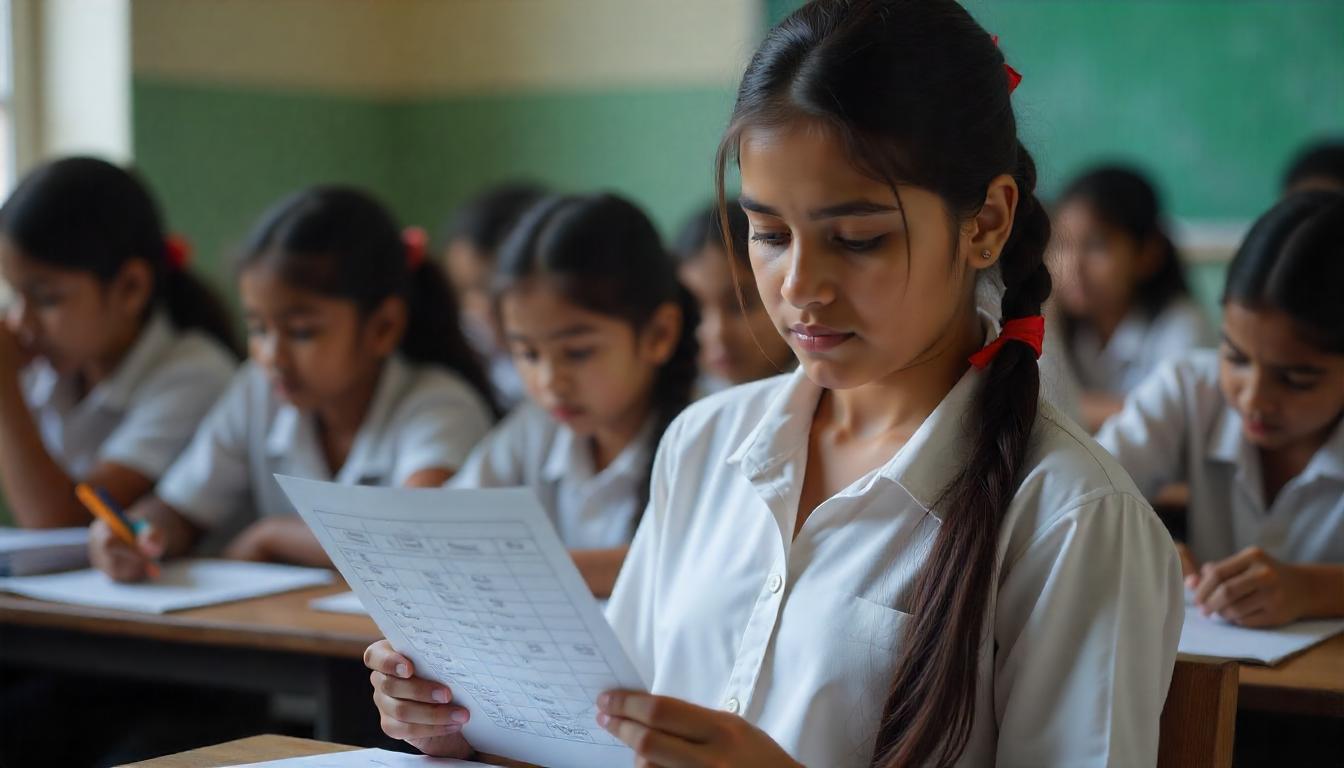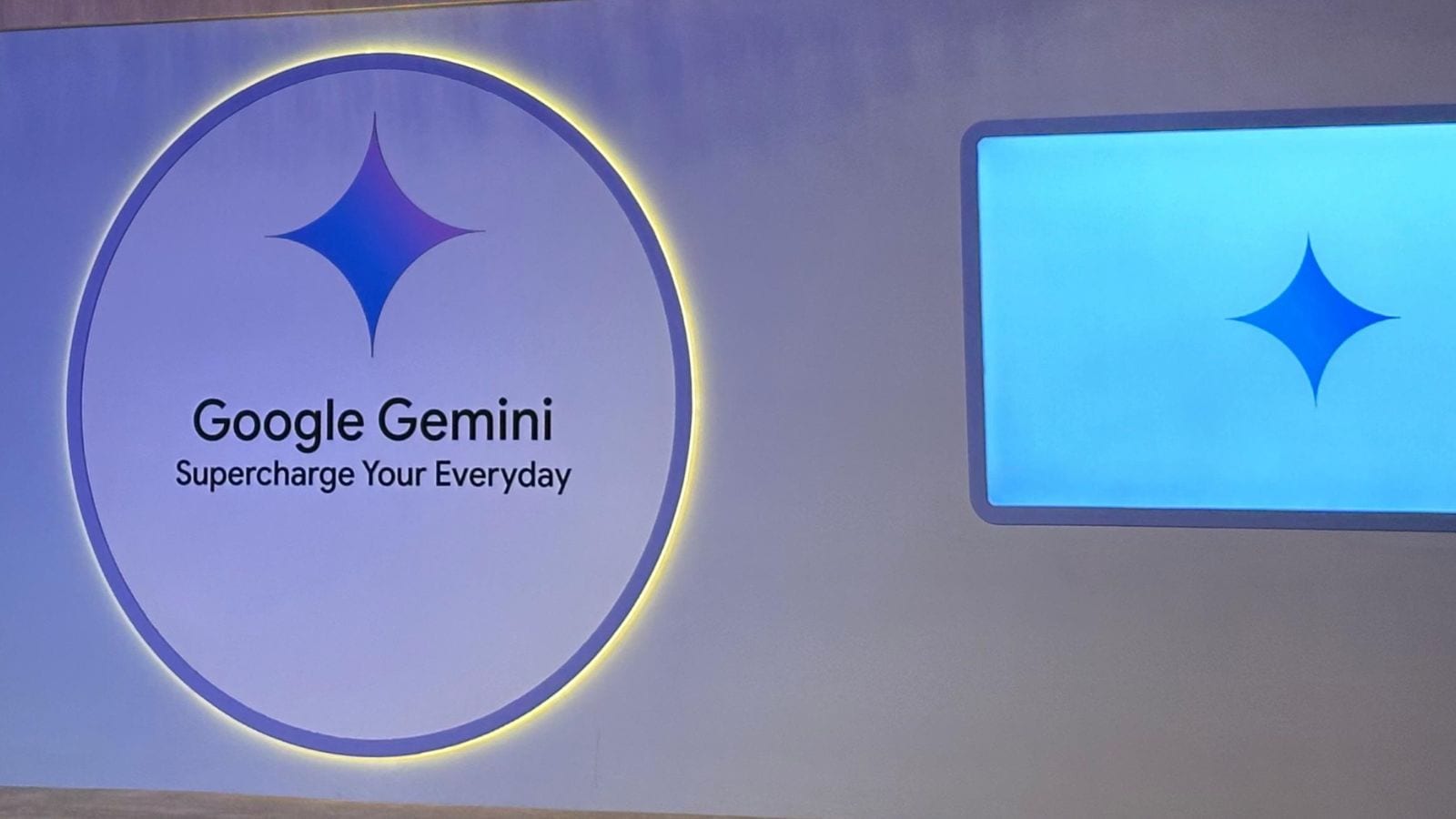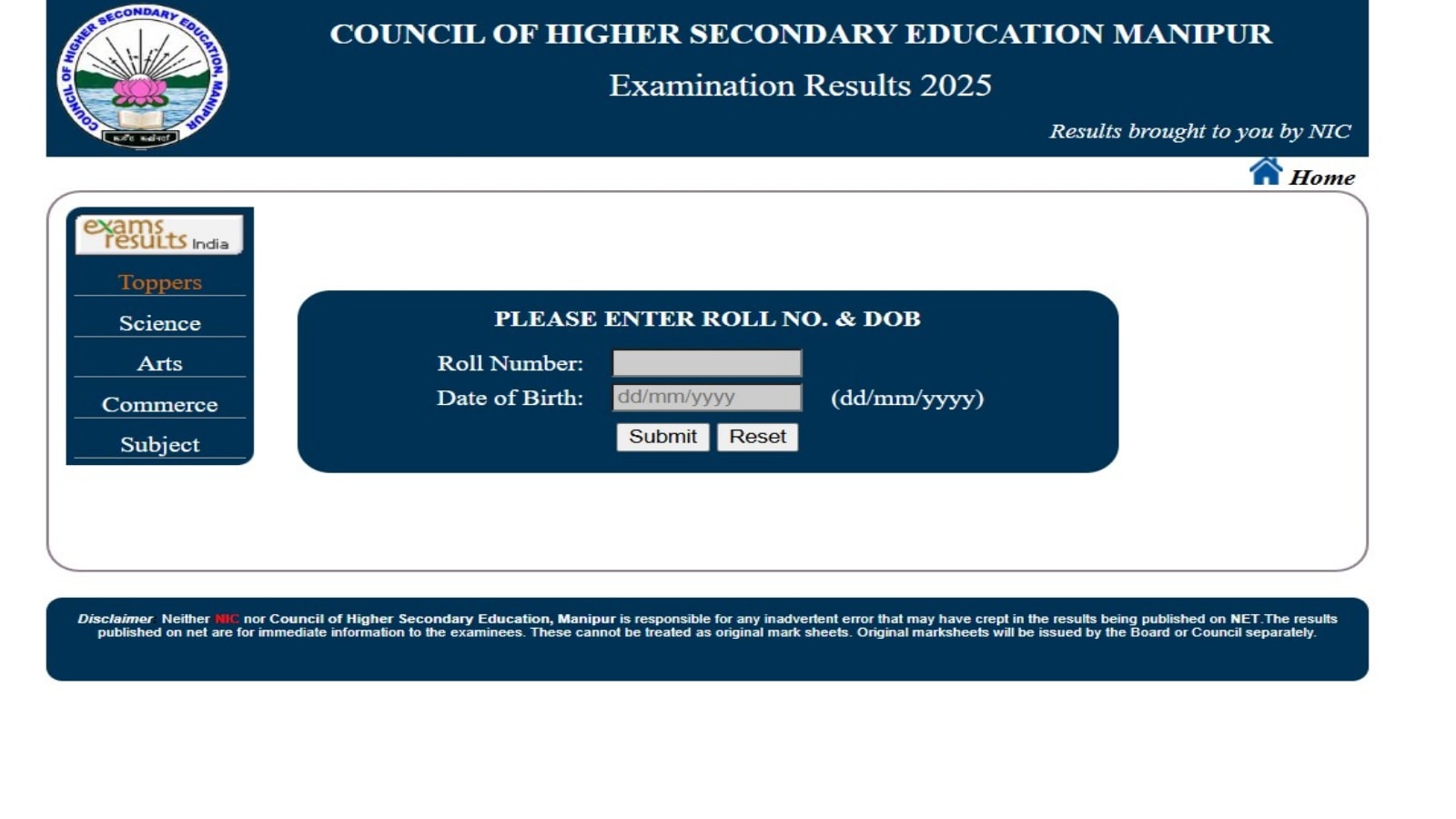Update: SSLV D1 placed satellites into elliptical orbit instead of circular orbit, satellites no longer usable, says ISRO. Failure of a logic to identify a sensor failure and go for salvage action caused the deviation: ISRO.
ISRO Chairman S Somanath on Sunday informed the space agency’s maiden Small Satellite Launch Vehicle (SSLV) suffered “data loss” at the terminal stage, although three stages “performed and separated,” and said the space agency was analysing the data to ascertain the status of the vehicle and the satellites.
SSLV-D1/EOS 02 was carrying an earth observation satellite and a student satellite.
“All stages performed as expected. The first stage performed and separated, second stage performed and separated, the third stage also performed and separated, and in the terminal phase of the mission, some data loss is occurring and we are analysing the data and we will comeback on the status of the satellites as well as the vehicle performance soon,” Somanath said from the Mission Control Centre here, minutes after the launch vehicle lifted off from the spaceport.
A jubilant mood in the Mission Control Centre soon made way to anxiety, before Somanath updated about the mission status.
ISRO’s maiden small satellite launch vehicle (SSLV), carrying earth observation satellite EOS-02 and co-passenger students satellite AzaadiSAT lifted off from this spaceport on Sunday. The SSLV-D1/EOS-02 mission by the Indian space agency is aimed at garnering a larger pie in the small launch vehicles market, as ite can place the satellites into Low Earth Orbit.
The SSLV can put payloads (mini, micro or nanosatellites) weighing upto 500 kg into the 500 km planar orbit, the Indian Space Research Organisation (ISRO) said.
The EOS-02 is an experimental optical remote sensing satellite with a high spatial resolution. Its is to realise and fly an experimental imaging satellite with a short-turnaround time and to demonstrate launch-on-demand capability. EOS-02 belongs to the microsatellite series of space crafts.
The AzaadiSAT is a 8U Cubesat weighing around 8kgs. It carries 75 different payloads each weighing around 50grams. Girl students from rural regions across the country were provided guidance to build these payloads.
The payloads are integrated by the student team of ‘Space Kidz India’. The ground system developed by ‘Space Kidz India’ will be utilised for receiving the data from this satellite, ISRO said.
SSLV’s all stages performed as expected, but suffered data loss at terminal phase of the mission, says ISRO Chief Somanath.
!function(f,b,e,v,n,t,s)
{if(f.fbq)return;n=f.fbq=function(){n.callMethod?
n.callMethod.apply(n,arguments):n.queue.push(arguments)};
if(!f._fbq)f._fbq=n;n.push=n;n.loaded=!0;n.version=’2.0′;
n.queue=[];t=b.createElement(e);t.async=!0;
t.src=v;s=b.getElementsByTagName(e)[0];
s.parentNode.insertBefore(t,s)}(window, document,’script’,
‘https://connect.facebook.net/en_US/fbevents.js’);
fbq(‘init’, ‘444470064056909’);
fbq(‘track’, ‘PageView’);








